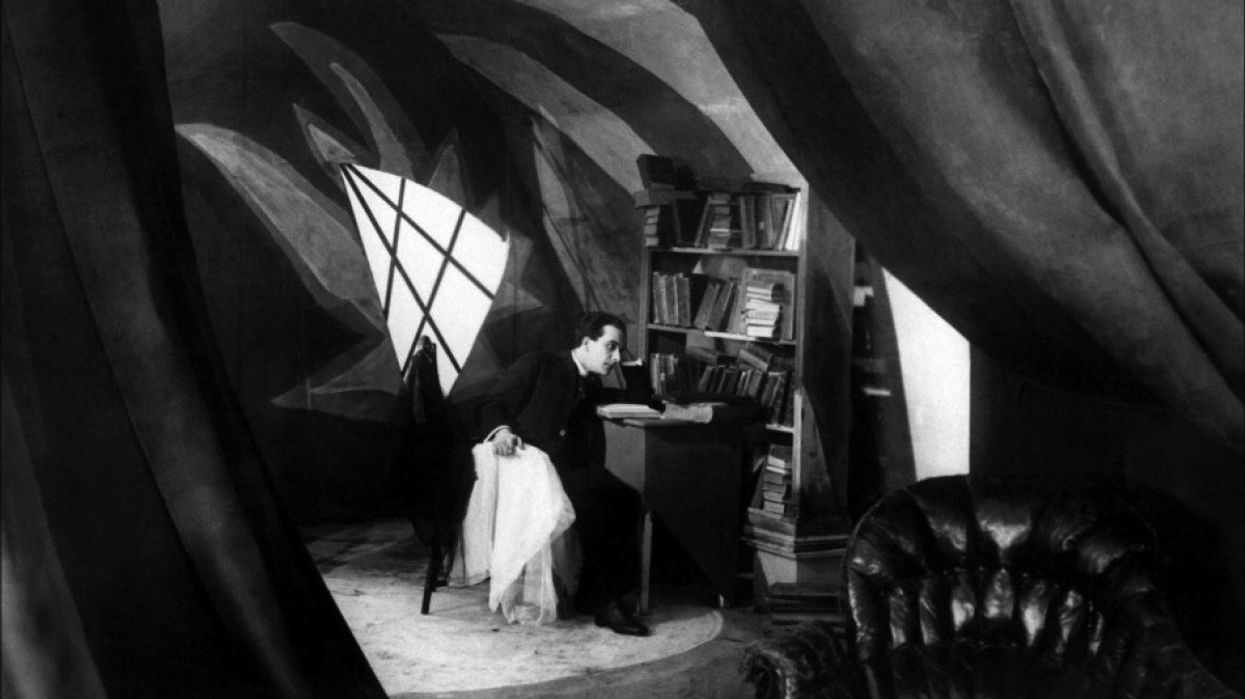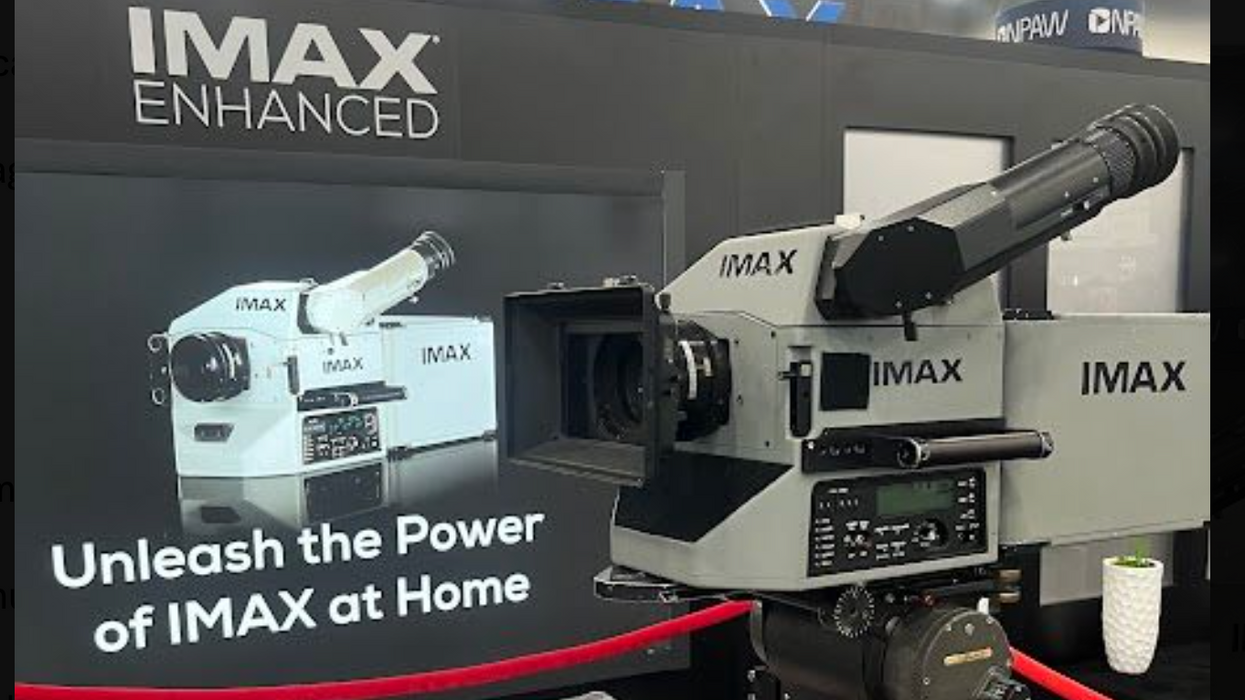If You Have 14 Minutes, You Have Time to Learn the Basics of Cinematic Composition
A cinematographer expresses his or her vision, and/or that of the director, through the art of composition -- the selection and arrangement of elements. This video essay by Press Play not only compares the arrangement of early and contemporary films, but explains the fundamentals of what makes up a composition as well.

In its early years, cinema was essentially as its etymology described it: written movement. The writing, done by exposing light onto celluloid film, and the movement, an illusion called the phi phenomenon, are the most basic components of cinematography, but as filmmakers furthered the art form, films became less focused on simply capturing moments as they unfolded before them (a train pulling into a station, workers leaving a factory), and more so on creating moments by using cinematography to tell stories visually.
Line, shape, lightness and darkness, color, perspective, balance, weight, height, depth -- these remain the words people use to talk about composition.
As you saw in the video essay, elements like size, shape, color, and many other concepts of aesthetics, can change the way the audience reacts to a scene in your film. Of course, there are many, many questions you might want to ask yourself before arranging a shot, ("What shot size should I use? How many characters do I want in this shot? What size will the background, middleground, and foreground elements be?"), but there are many, many questions you might want to ask yourself before you ever pick up a camera, too, like, "How does a human's emotional and psychological response to a spherical object compare to that of a rectangular one? What elements produce the most/least aesthetic energy? How do vertices work to guide the viewers eye along a composition?"
These answers probably deserve their very own post, since they form the very foundation of aesthetic theory -- something upon which the best cinematographers set their own artistic sensibilities. And don't get me wrong, not everyone responds to elements the same exact way; for instance, some people, when asked to attribute a color to "royalty" or "regality," say blue, while others say purple. However, for the most part, human beings seem to generally respond to these aesthetic elements in similar, if not identical ways. After all, art is a mixture of science and imagination: a little bit of earth, a little bit of sky -- Leonardo da Vinci and Fibonacci both making Mona Lisa smile.
Source: Press Play Video Blog












